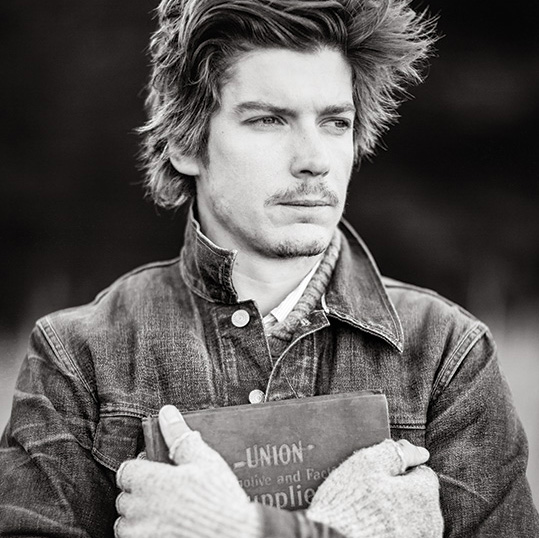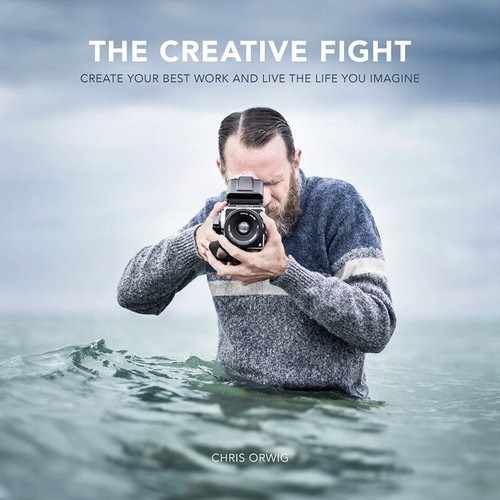Chapter Twenty-Two. The Burnt Book

The burning of a book is tragically sad, especially when it’s been written and illustrated by your own hand. But that’s what Ted wanted to do. He was on his way home to burn his book in the incinerator in the basement of his apartment building in New York. The book had been his pride and hope, but it was now a source of disappointment and shame. Maybe his dad had been right after all. Creating the book had been an attempt at a new career path for Ted. But the book was rejected by every publisher who read it. After its 27th rejection, he decided it was time for that book to go up in flames. Rather than bustle hurriedly like everyone else, he walked slowly through the busy city streets. And the melancholy he felt tuned his senses to notice things he might have otherwise overlooked, like the people who passed by.
A Twisting, Swerving Path
On the long walk home, Ted caught sight of and then talked with an old friend who had just gotten a new job at a publishing company. After catching up, his friend took him directly to meet the president of the company, and twenty minutes later he was signing a contract for the book he almost burned. As Ted put it, “If I’d been going down the other side of Madison Avenue, I would be in the dry-cleaning business today.” That book was the start of a new career that would blossom into great success.
The path to success isn’t smooth, and it always involves setbacks, disappointment, and an unexpected twist of fate. And the path is never a straight line. The path veers, swerves, loops back, and winds around. The path looks like it was designed less by Frank Lloyd Wright and more by M. C. Escher or Dr. Seuss. One person’s path to success doesn’t create the perfect trajectory for someone else. Other people’s paths are like treasure maps. They are insightful and fun to look at, but nearly impossible to re-create. Success always consists of taking your own uncharted course.
As Ted later wrote in his best-selling book about the journey to success, “You will come to a place where the streets are not marked.” He was not making this up but reflecting on his own journey and life. Success is a funny thing, and it’s difficult to describe; it changes shape, and its relevance can quickly disappear. What I mean is that the success that got you where you are today is never quite enough to get you where you need to go next. Yet we are all driven to succeed and hardwired to thrive. That’s why we love hearing stories about how someone rose to the top, like with the author Ted. How did he begin?
As a young kid, Ted was given a definition of success that he didn’t like. His father wanted him to become a doctor when all he wanted to do was draw. After graduating from college, he went to Oxford to please his dad, but he eventually dropped out. Ted tore up the definition of success given to him and decided to write his own. He wanted to draw and write. So he took on a pen name, or nom de guerre (fighting name) as the French call it. Ted’s new name would be a tribute to his mom and a hat-tip to his dad. His fighting name was made up of his mom’s maiden name and an honorary doctorate title even though he didn’t earn the degree.
Under his new name, Ted began to draw and write with a drive that was fierce. For the first 15 years of his career he paid his dues by creating advertisements for major companies and magazines. Eventually, he had had enough and he wrote his first book for kids. It was a story about the wild and wonderful imagination of a young boy who later becomes too embarrassed to share his true thoughts. Shopping the book around wasn’t easy. Children’s books weren’t exactly blockbusters back in that time. Eventually it was picked up because of the chance meeting with an old friend, and that’s how Ted Geisel—or as we know him, Dr. Seuss—began.
Youer Than You
In many ways, Dr. Seuss embodies the core values of The Creative Fight, and he is an exemplar for all those who are interested in developing their own unique voice, creating their best work, and contributing to the greatest degree. In his writing, Dr. Seuss was a champion for the individual, and his books are a constant reminder to only wear the hats that reflect who you are. As he said, “There is no one alive that is youer than you.” When we stop trying to be someone else, we become more alive. Some may dismiss Dr. Seuss’s work as a cute collection of books for kids. Yet embedded within the whimsical characters and rhyming verse are profound truths and questions about life. In one book he asks, “Why fit in when you were born to stand out?”
Dr. Seuss was on a mission to make change. He wasn’t just writing to distract or entertain. Frederick Douglass once said, “It is easier to build strong children than to repair broken men.” Dr. Seuss wrote books that did both. And his success as an author hinges upon his risk to be himself. His writing wasn’t an attempt to imitate someone else.
As a character in a Dr. Seuss book might say, there are at least 457,653 major misconceptions that we have concerning success. Let me highlight two. First, our definition of success is too easily influenced by someone else. We show up in life and are handed a definition of what it means to succeed, when in reality success is something that we should define ourselves. It hinges upon asking the question posed by Mark Twain: “The two most important days of your life are the day you were born and the day you figure out why.” Ted discovered his why early on and fought to make it a reality.
Imagine if Dr. Seuss’s first book, And to Think That I Saw It on Mulberry Street, went up in flames. The world would be a much less meaningful place. Or what if he hadn’t ever written The Grinch? The commercialism of Christmas might even be worse. When Ted thought of Christmas, he felt like a scrooge. He was sick and tired of how commercialized it had become. So he wrote a story about the Grinch and modeled the main character after himself. Ted was not the hero of his own book but the character that needed to be saved. That’s why we all like the grumbly green character so much.
Be Real and Find Hope
Becoming more creative doesn’t mean slapping a fake smile on your face, nor does it mean indulging in negative critique. The creative fight is more having the guts to be real and to find hope even when all is lost. Just like Dr. Seuss, you have something inside of you that is meant to better the world. This is the reason you are here. This is your life’s call.
Most of us ignore the passion that pounds in our chest because we think ourselves too small. “How could I make a difference? I’m not as smart, skilled, talented, tall, or connected as someone else.” When we tell ourselves these myths, we keep our mouths shut. We compare the number of social media fans and followers we have and think that we can make a dent. We forget that greatness isn’t about many but one. As Dr. Seuss reminds us, “To the world you may be one person; but to one person you may be the world.”
You have been given certain gifts, talents, and skills. Your life experience has shaped you into a one-of-a-kind, unique human. You can contribute to the world in a way that no one else can. For Ted Geisel, his something was writing and illustrating books. You have to find out what it is for yourself. The only way to begin to do that is to try. It won’t happen if you keep your something hidden in a box. Ted had to fight to find his life’s call, and it almost didn’t come to be. The universe conspired and Ted ran into a friend who kick-started his career. This fortunate event happened only because Ted was out on the street. You need to get out there too and give it a worthwhile fight to make your something be seen.
Second, we tend to mistakenly think that the path to accomplishment is a straight line. That’s at least what it looks like when we see someone else succeed. The reality is that the path is always a circuitous route. When I taught college students I was often asked, “How did you get to where you are?” I consistently responded that my story is a long and winding tale. My story wasn’t A - B - C. It was more C - A - R - P - E - D - I - E - M. I was the career planner’s nightmare at the school where I taught. The students were supposed to study photography and then become photographers—that’s it. Yet I had discovered a hidden secret—that the best photographers were those who didn’t follow the cookie-cutter path. To make more interesting photographs you have to live a more interesting life. Wild, free, and abundant life has a way of shaping success that is impossible to predict. Yet the more we embrace the adventurous road, the better the odds.
Exercise
STEP 1
Selecting a new name can free you from the fetters of the past. Just as actors choose stage names and soldiers select a nom de guerre, choose a name that emboldens you to become more creative and alive. And use the name whenever you can, like when you subscribe to a magazine related to your craft. Or use it when you need to muster up the courage to tackle a tough project. Ask yourself, “What would _________________do?” and then step into those shoes.
STEP 2
Take a few moments of quiet to consider how you might include yourself in your work. Consider a project that you are working on, and “write yourself into the script” (like how Dr. Seuss modeled the Grinch after himself). You don’t literally need to be part of the project—just imagine, What if? What if you were a central component of the project at hand? What if the task weren’t so abstract and theoretical but included more of you?



